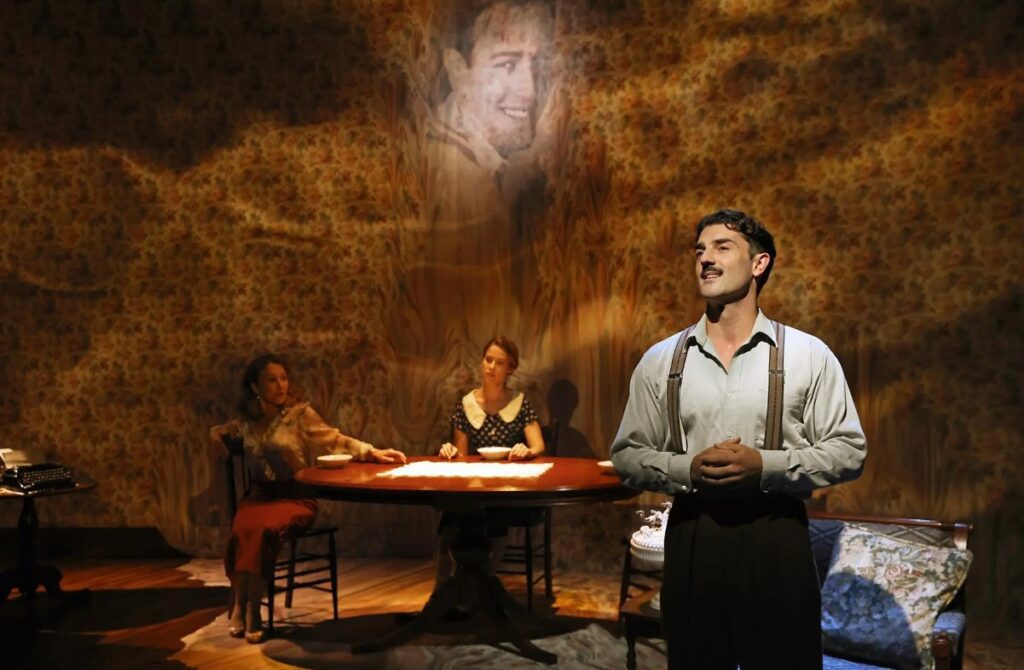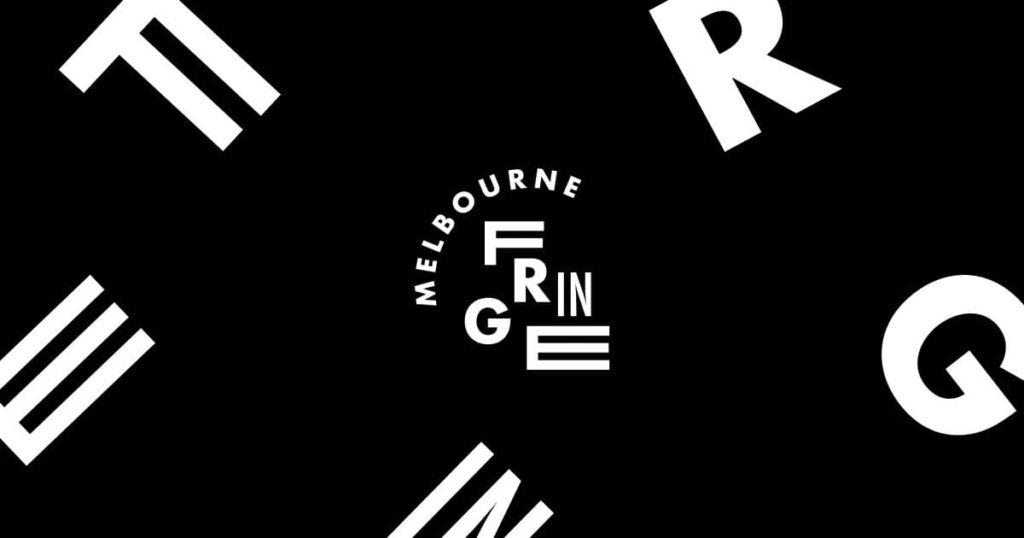
Written by Tennessee Williams and Directed by Liesel Badorrek
A poignant, dream-like journey through the precarious tendrils of hope in a frustrated family
Reviewed by Billy Chapman
Ensemble Theatre, Kirribilli
Until 26th April, 2025
Tickets: https://www.ensemble.com.au/shows/the-glass-menagerie/
Type: American Classic, Family Drama, Dreamlike
If You Liked: A Streetcar Named Desire, A Short History of A Small Place, Hamlet
The Wingfield’s apartment, welded into a musty conglomerate of living quarters and rusted fire escapes, is the site of restless determination. It is the 1930s, and the swollen middle class is full of misshapen ambitions and bitter disappointment. In Tennessee Williams’ own words, the rest of the world is revolting, and America is enrolled in a “school for the blind.” The Glass Menagerie perfectly captures this frustration, this resentment, and stages it behind an agitated, desperate family.
A “gentlemen caller” is invited to the Wingfield residence. It is the first time that Laura Wingfield (Bridie McKim), has ever had such a prospect. Laura is a young woman afflicted with a limp given to her by an illness in childhood. Her mother, Amanda (Blazey Best), is increasingly desperate to find her a stable path to prosperity through a male suitor after a brief stint in business school was a resounding failure. Amanda is a Southern woman, abandoned by her husband, who pleads with Laura that she risks becoming a “barely tolerated spinster… living upon the grudging patronage of sister’s husband or brother’s wife.” Tom (Danny Ball), Laura’s frustrated and likely closeted brother, meets the gentleman caller at his grimy workplace in a warehouse and invites him for dinner. During the visit, the electricity goes out and we discover that Tom, burdened with supporting the family, has instead spent the money in search of “adventure.” Laura and her gentlemen caller, Jim O’Connor (Tom Rogers), are left in the candlelit parlour of the apartment.

The pacing of The Glass Menagerie is slow, the scenes are blended, and the plot is simple. Tom and his mother’s conflicting aspirations – security versus adventure – are ever present as dim tendrils of hope maintained by the dream-like form of Williams’ play but shattered by their sharp hostilities.
The frustration that underscores the play is not only found in Tom’s drive for adventure. The blue-collar warehouse job that is slowly killing Tom is a perfect representation of the hetero-normative expectation that rests heavily on his shoulders, driving him to the “movies.” Ball brilliantly embodies this deep-seated personal division as his character destabilises throughout the piece.
However, the tenuous position of a woman with no marriage prospects in the period is perhaps the most unnerving feature of this play. While Tom frequently ascends the fire escape to lord over the audience with the altitude of a narrator, the female characters are rarely offered this luxury. The intimate space and steep architecture of the seats in the Ensemble Theatre press in on the female characters like the confines of a fishbowl.
Blazy Best is convincing with her burning desperation to raise Laura out of her precarious position, and the chemistry between Best and McKim develops greatly throughout their performance.
Ensemble Theatre has lovingly preserved a true classic and brought it to life again
Heartbreak and cruelty are the mainstay of Liesel Badorrek’s adaption, and Grace Deacon’s set, with the melting mural of Amanda’s husband on the wall, is a grim reminder of the family’s trauma. The harsh lighting by Verity Hampson and rugged interior design truncated the dream-like imaginings throughout the play with stark reminders of the family’s true position in the world. This cruelty is poignant in a few moments; the iconic entry of Amanda into the dining room wearing the extravagant dress is a standout. The pride Blazey Best wears on her face at the beauty of the piece, combined with the audience’s laughter, can only be described as tragic.
The most natural dialogue shared in the play comes from the exhilarating candour that McKim displays as she begins to warm to her gentleman caller. It was the first time that McKim reveals her character’s sense of humour, and the scene is framed beautifully under candlelight, and accompanied by rain falling in the background. Hampson, Maria Alfonsine and Damian De Boos-Smith are responsible for the incredible unification of sound and light that created this moment. However, as with the rest of the play, this dream is short-lived, and the near-perfect interaction between McKim and Rogers is sullied by the realisation that his character, Jim, is engaged. Rogers brings a powerful, infectiously starry-eyed optimism to his performance.
The Glass Menagerie is full of frustration and anguish. Each character is at war with the expectations of an unrelenting society. The Ensemble Theatre has lovingly preserved a true classic and brought it to life again with a solid, unified production.
Theatre Thought: Family dysfunction is a timeless and relateable theme for most. How do you think family life will be portrayed on the stage in 50 years time?

Director: Liesel Badorrek
Set and Costume Designer: Grace Deacon
Lighting Designer: Verity Hampson
Composer and Sound Designer: Maria Alfonsine and Damian De Boos-Smith
Dialect Coach: Linda Nicholls-Gidley
Intimacy Coordinator: Chloë Dallimore
Costume Supervisor: Lily Mateljan
Stage Manager: Krystelle Quartermain
Assistant Stage Manager: Lara Kyriazis
Cast: Danny Ball, Blazey Best, Bridie McKim and Tom Rodgers





